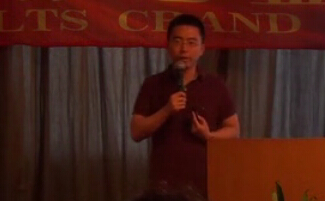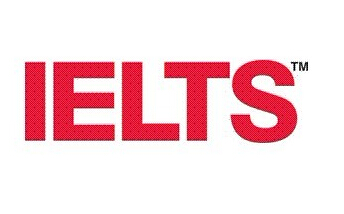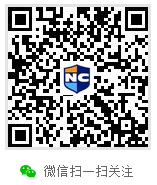雅思阅读材料之@的来历
2014-01-21 14:24 供稿单位: 新航道
出国英语考试有哪些 雅思6.5是什么水平 雅思阅读评分标准 托福阅读评分标准 雅思和托福的区别
What do you call the @ symbol used in e-mail addresses?
That little "a" with a circle curling around it that is found in email addresses is most commonly referred to as the "at" symbol.
Surprisingly though, there is no official, universal name for this sign. There are dozens of strange terms to describe the @ symbol.
Several languages use words that associate the shape of the symbol with some type of animal.
For instance, some quirky names for the @ symbol include:
apenstaartje - Dutch for "monkey's tail"
snabel - Danish for "elephant's trunk"
kissanhnta - Finnish for "cat's tail"
klammeraffe - German for "hanging monkey"
papaki - Greek for "little duck"
kukac - Hungarian for "worm"
dalphaengi - Korean for "snail"
grisehale - Norwegian for "pig's tail"
sobachka - Russian for "little dog"
Before it became the standard symbol for electronic mail, the @ symbol was used to represent the cost or weight of something. For instance, if you purchased 6 apples, you might write it as 6 apples @ $1.10 each.
With the introduction of e-mail came the popularity of the @ symbol. The @ symbol or the "at sign" separates a person's online user name from his mail server address. For instance, joe@uselessknowledge.com. Its widespread use on the Internet made it necessary to put this symbol on keyboards in other countries that have never seen or used the symbol before. As a result, there is really no official name for this symbol.
The actual origin of the @ symbol remains an enigma.
History tells us that the @ symbol stemmed from the tired hands of the medieval monks. During the Middle Ages before the invention of printing presses, every letter of a word had to be painstakingly transcribed by hand for each copy of a published book. The monks that performed these long, tedious copying duties looked for ways to reduce the number of individual strokes per word for common words. Although the word "at" is quite short to begin with, it was a common enough word in texts and documents that medieval monks thought it would be quicker and easier to shorten the word "at" even more. As a result, the monks looped the "t" around the "a" and created it into a circle-eliminating two strokes of the pen.
Another story tells the @ symbol was used as an abbreviation for the word amphora. Amphora was the unit of measurement that determined the amount held by the large terra cotta jars that were used to ship grain, spices and wine. Giorgio Stabile, an Italian scholar, discovered the @ symbol in a letter written in 1536 by a Florentine trader named Francesco Lapi. It seems likely that some industrious trader saw the @ symbol in a book transcribed by monks using the symbol and appropriated it for use as the amphora abbreviation. This would also explain why it became common to use the symbol in relation to quantities of something.
enigma: 迷,费解的事物
以上就是新航道雅思频道为大家整理的雅思阅读材料之@的来历,希望对大家有帮助,更多资讯、资料请访问新航道雅思阅读频道 https://www.xhd.cn/ielts/yuedu/
- 上一篇:雅思阅读材料之身体为什么会发麻
- 下一篇:雅思阅读材料之咖啡对人体有害吗
分享到:

- 新航道,英语成功之道。时间获取新航道英语学习资料和新鲜资讯,请在微信公众账号中搜索「新航道英语」或者「xhdenglish」,或用手机扫描左方二维码,即可获得新航道每日精华内容推送和英语学习经验分享,并参与新航道举办的各项活动。
责编:李术
精彩专题
更多视频荟萃
更多
-
新航道姚骏鹏-雅思阅读高分攻略
时长:03-06

-
新航道陈侃侃-雅思口语要有范儿
时长:03-06

-
【3分钟学雅思】王大锤告诉你为啥药不能停
时长:01-12

-
【3分钟学雅思】全世界个感官餐厅
时长:01-12
热门文章
更多
-
8月31日雅思广州考机考初体验
选择机考模式的考生将通过机考模式参加听...








